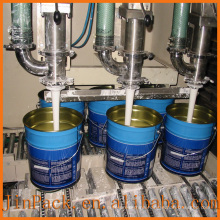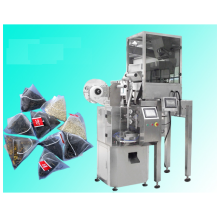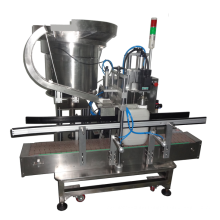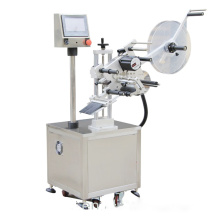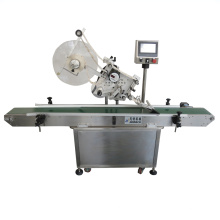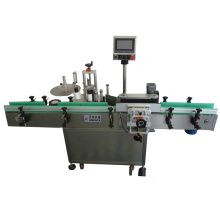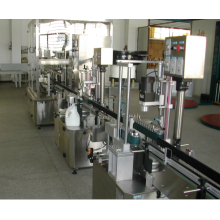Simple Determination of Surface Tension of Plastic Diaphragms
2021-06-13
Surface tension characterizes the behavior of the interface between a liquid (such as water) or a solid (such as a diaphragm) and a gas (such as air) and is therefore also known as interfacial tension. For example, the nature of water naturally seeks to minimize its surface area. Therefore, a drop of liquid that does not receive external forces will always assume an approximately spherical shape during, for example, free fall.
Molecular interactions
Adjacent molecules are subject to attraction and repulsion, the so-called cohesion. In a large volume of liquid, these forces can interact equally in all directions. However, this is not the case for molecules on the surface because they have fewer adjacent molecules than those inside. Inside the liquid, the motion of a single molecule exists in an energy-balanced state, whereas the motion on the surface consumes energy to break the molecular bond.
Therefore, if the surface of a liquid is to be increased, a certain amount of work must be done. The work required to increase the surface depends on the surface tension of the liquid. The ratio of the work done to the resulting surface increase is the surface tension (represented by the symbol “Sigma”)
σ=ΔW/ΔA
It is usually expressed in units of mN/m (millinew Newtons/meter), which corresponds to SI of 0.001 kgm/sq.m. or mJ/m.sup.2 (millijoules/m.sup.2). Water at 20°C showed a surface tension of 72.8 mN/m, compared with 484 mNewtons/m for mercury and 21.7 mN/m for isopropyl alcohol.
Surface tension is related to temperature and usually decreases with increasing temperature. Surface-active substances, such as surfactants in fountain solution additives, will reduce the surface tension of the liquid and improve the wetting of the offset printing plate.
Liquid measuring method
In most cases, the surface tension of a liquid will be measured in a deterministic manner by increasing the surface area of the liquid and then determining the amount of work done to achieve this. Examples include the ring method developed by Pierre Lecomtedu Noüy, the Wilhelmy plate method and the frame method named after Philipp Lenard.
In all three methods, a solid (ring, plate, or frame) is immersed in the liquid and then pulled out, leaving a layer of liquid film attached to the solid. Tensile force is gradually increased until the liquid film ruptures. The surface tension can then be calculated from the maximum tensile force, the physical dimensions of the solid immersed in the liquid, and the density of the liquid.
Solids measurement method
The surface tension of solids can only be measured indirectly by similar methods. When the contact angle method is used, one solid will be wetted with two different liquids whose surface tension is known. The liquid chosen is often water and diiodomethane. In the Young's equation shown in the side view, the symbols S and L represent "solid" and "liquid"; the symbols σS and σL describe the components of the surface tension in two stages; γSL represents the interfacial tension between the two stages. , while θ represents the contact angle with the angle between the vectors σL and γSL. In order to determine the surface energy, the various initial equations of γSL are combined with the Young's equation to represent cosθ as a function of the surface tension of the stage. With this system of equations, the surface tension of a solid can be calculated.
The market offers a range of instruments for quickly and simply determining the contact angle. This type of goniometer consists of a system for injecting test fluids and a camera for measuring cross-sections of water droplets. Then use this measurement to calculate the corresponding contact angle value. If the liquid expands, ie if the solid is completely wetted, a 0° contact angle can be counted. The contact angle between 0° and 90° is considered to represent good wetting, while the contact angle between 90° and 180° is treated as poor wetting. A contact angle of 180° means that the liquid is repelled in a ball shape. This phenomenon is often referred to as the "Lotus effect," a phenomenon named after the corresponding characteristics exhibited by the leaves of this plant.
Another typical method for determining the surface tension of a solid is to use a test ink. An ink known to have surface tension is applied to the material to be tested with a brush. If the test ink wets the surface, the surface tension of this material is equal to or higher than the surface tension of the ink. Conversely, if the test ink retracts into beads within 3 seconds, the surface tension of the solid is lower than the surface tension of the test ink.
Ideal test ink for plastics
The method of testing the ink is based on the knowledge that if the surface tension of the liquid is lower than the surface tension of the solid in question, the liquid can achieve good wetting. This is also the reason why printing is problematic on substrates with low surface tension. In order to ensure that the printing ink can fully wet the substrate, it must be properly selected or pre-treated to ensure that its surface tension is higher than the surface tension of the ink. Therefore, a set of test inks will be a very convenient tool to check the properties of a specific plastic substrate.
There are many different roughness parameters in use, but Ra, the arithmetic average of absolute values of peaks & valleys of the sample length measured, is the most common referred to in the roller manufacturing industry.
PSF rubber roller surface measuring instrument is specially designed and manufactured for rubber roller production enterprises. It's a kind of precise testing instrument consist of the most advanced laser probe. It can make measurement for any apparent tolerance and roughness on surface of rubber rollers. Of not only importance significance for quality control of rubber roller products, it's also ideal terminal equipment in modern management of the production techniques of rubber rollers.
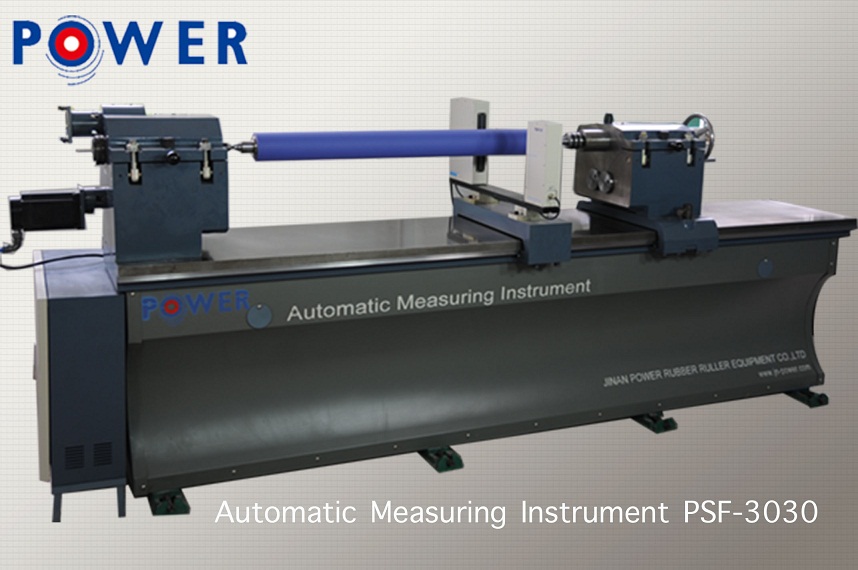
Surface Measuring Instrument, Rubber Roller Surface Measuring Instrument, Rubber Roller Laser Measuring Instrucment, Surface Tension Measuring Instrument
Transformer oil purifier system Co., Ltd. http://www.powerrubberrollers.com
